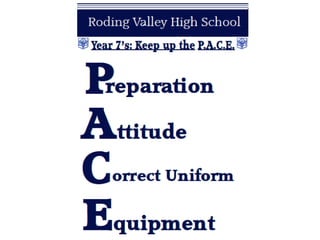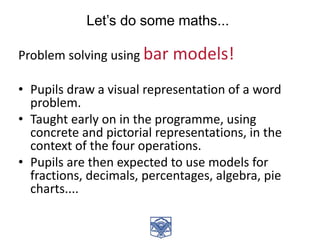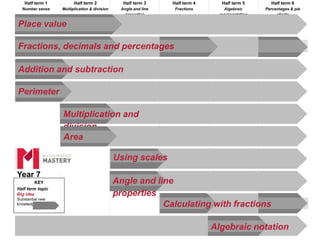This document discusses factors that influence student performance such as diet, sleep, friendships, and parental involvement. It notes that poor diets can negatively impact behavior, concentration, learning, mood, and academics. Students need a minimum of nine hours of sleep per night and an hour before bed without screens. Parental influence is important but parents may know less about their teenage children's lives. The document provides tips for supporting students' homework, organization, and exam preparation.












































































